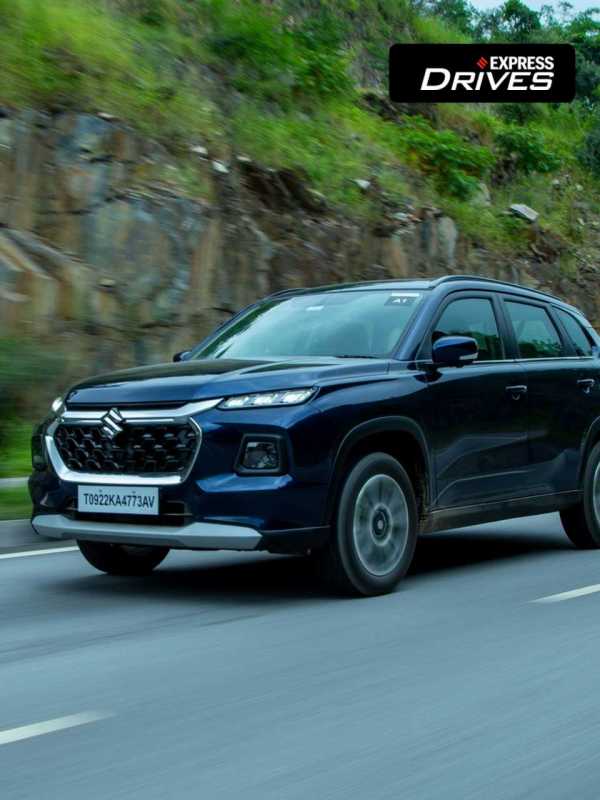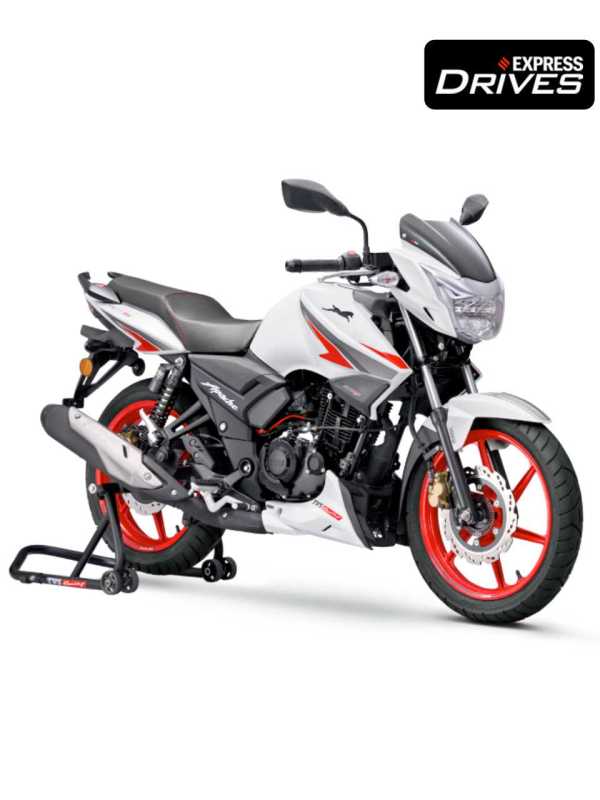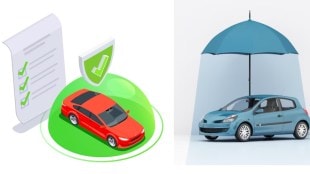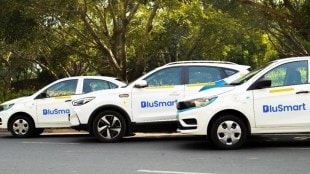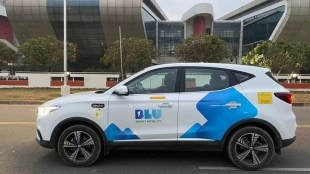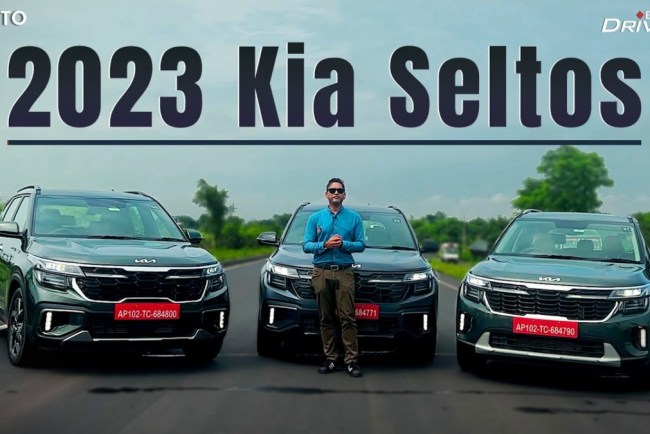Dr Rishi Bhatnagar
We are in a connected age right now and the demand to rebuild mobility is persistent due to the constantly shifting structure of urban megacities. Smart Cities and Industry 4.0 have brought the idea of intelligent self-sustaining cities, homes, industries, and automobiles into the spotlight. However, a period of connected and intelligent transportation is yet to begin. Unexpected changes are coming to the world of mobility, and the overall driving experience of driving population, thanks to the technology making smart mobility a reality with embedded processors, smart sensors, and the deployment of 5G and IoT.
The future will witness vehicles that not only drive, steer, gear, and accelerate to a destination; they will also give real-time updates, predictive analytics, lane tracking, automated help, zooming over obstacles in front of them, in-vehicle experiences, and much more. Due to advancements in AI/ML and the surge in ultra-fast connectivity with low latency brought on by 5G, barriers are being broken as we speak, and automobiles are now getting transformed into smart machines that produce, process, analyse, and share data at the blink of the eye. The data generates insights which are then used for improving safety while also adding a variety of services and facilities to the vehicles, thanks to razor-sharp and precise analytical capabilities. According to industry research, between 2025 and 2027, the global market for connected cars is expected to be worth between $121 billion and $255 billion. This transition depends on the availability of quicker data with higher bandwidths, which 5G networks and technology will bring.
Real-time updates and data exchange would reach entirely new heights if 5G were to become widely used. A surge in AR/VR applications would result from this, and businesses would compete to offer the most individualised, interactive, and immersive experiences. The current state of in-vehicle entertainment would be drastically improved. The concept of entertainment would change from just attaching into weather updates or local news to a range of alternatives based on user patterns and automated analyses. According to studies, networked automobiles vehicles lower fatal accident rates by more than 90%. So, the issue of whether they will be safer than the current fleet of automobiles is resolved.
Data innovation
Fast connectivity would allow for aggregation of information sharing, hyper localisation, and real-time updates, ensuring that all information about the way ahead is delivered without delay. Huge data flows back and forth would necessitate new standards, protocols, regulations, and, most critically, innovative procedures to improve cybersecurity and functional safety. Due to patchwork institutional irregularities, a lack of a consistent strategy, pervasive disparities, and the absence of a workable framework, most of these advancements are currently in an elementary level. However, industry groups have started to consider the effects of massive data transfer in automobiles, such as the Automotive Edge Computing Consortium (AECC) effort created by companies including Toyota and Ericsson. Every disruptive innovation wave sets off a process that involves various rearrangements, including splitting up, combining, and reorienting. Companies who want to stay ahead of the curve and keep their consumer base will redefine themselves and come up with novel offerings, with dizziness and exhilaration defining the new rush.
Encourages competition partnership
A new universe of opportunities will be opened with the arrival of the connected automobile technolgies. The capacity to get data from automobiles is in first place on the list. This information can be utilised to forecast maintenance requirements, suggest areas for service improvement, and eventually enable entirely autonomous operation of the vehicle. The auto industry ecosystem is broad, made up of manufacturers, government agencies, and research organisations, as well as the individuals and systems that foster cooperation and innovation. Automobile OEMs may undoubtedly create new capabilities on their own, but by collaborating with the wider ecosystem and sharing data and resources, everyone can benefit from exponentially faster advancement. While consumers enjoy better, safer products, players can develop new business models and revenue sources. Intelligent driving is built on a foundation of shared data and insights.
Conclusion
Vehicle buying decisions depend on factors like mileage, storage, comfort, safety, and brand image. The smart features of vehicles will very soon play a significant role in the decision-making process. The introduction of IoT and 5G has made reinventing the auto industry possible, which puts pressure on manufacturers to rethink what criteria matter when deciding. The experience of driving in this era of smart automotive technologies will be considerably different.
The author is Dr Rishi Bhatnagar is the President of Aeris Communications.
Disclaimer: Views expressed are personal and do not reflect the official position or policy of Financial Express Online. Reproducing this content without permission is prohibited.








